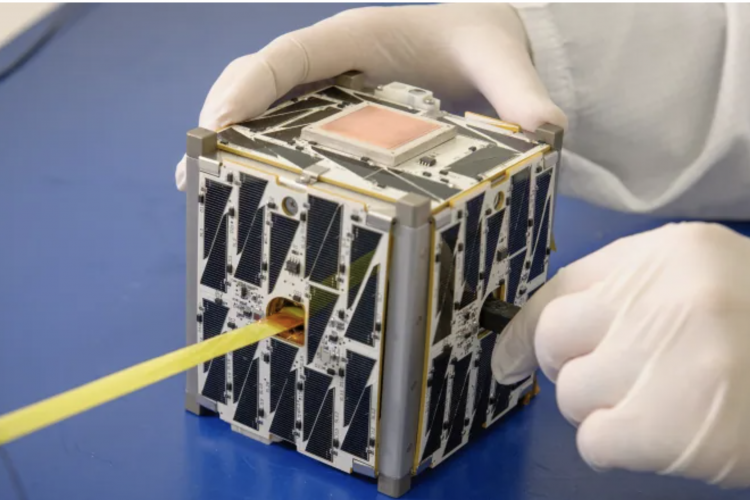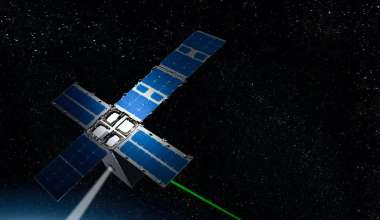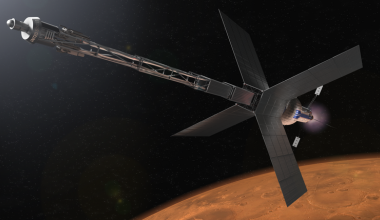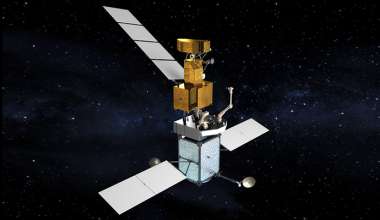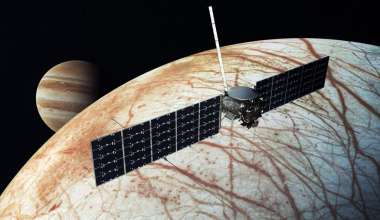Rockets go to space usually to put something there, like a camera or a radio housed in a satellite. This helps people see things or talk to other people around the world. Starting in about 2000, it became increasingly easy to make very small, inexpensive satellites which could “rideshare” into space as part of a larger satellite launch. The price was right. Companies were dreaming of constellations, but the destination orbit was generally off. So the market produced destination specific rides on smaller launchers. Eventually, it became possible to reposition a satellite in space using new and better onboard thrusters or by getting a tug to reposition it. This has led to a renewed interest in ridesharing, which now offers more frequent launches to the right orbit at a good price. So the questions are: Who’s involved? What does it mean for other industry players? What’s next?

